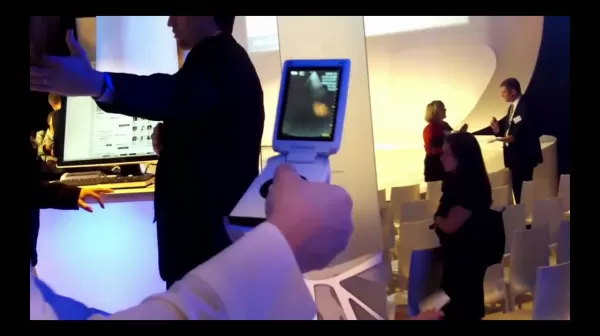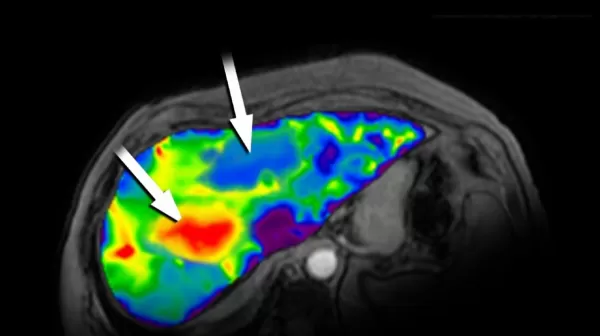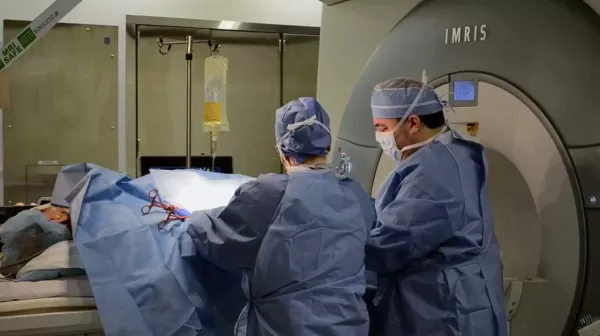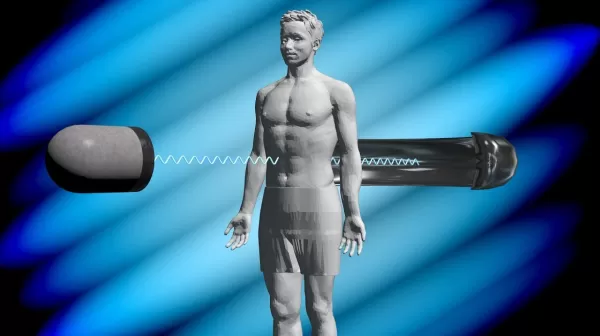National Institute of Mental Health
The National Institute of Mental Health (NIMH) is the lead federal agency for research on mental disorders. The National Institute of Mental Health (NIMH) is the lead federal agency for research on mental disorders. NIMH is one of the 27 Institutes and Centers that make up the National Institutes of Health (NIH), the largest biomedical research agency in the world. NIH is part of the U.S. Department of Health and Human Services (HHS).
- Read more about National Institute of Mental Health
- Log in to post comments
- 25 views















